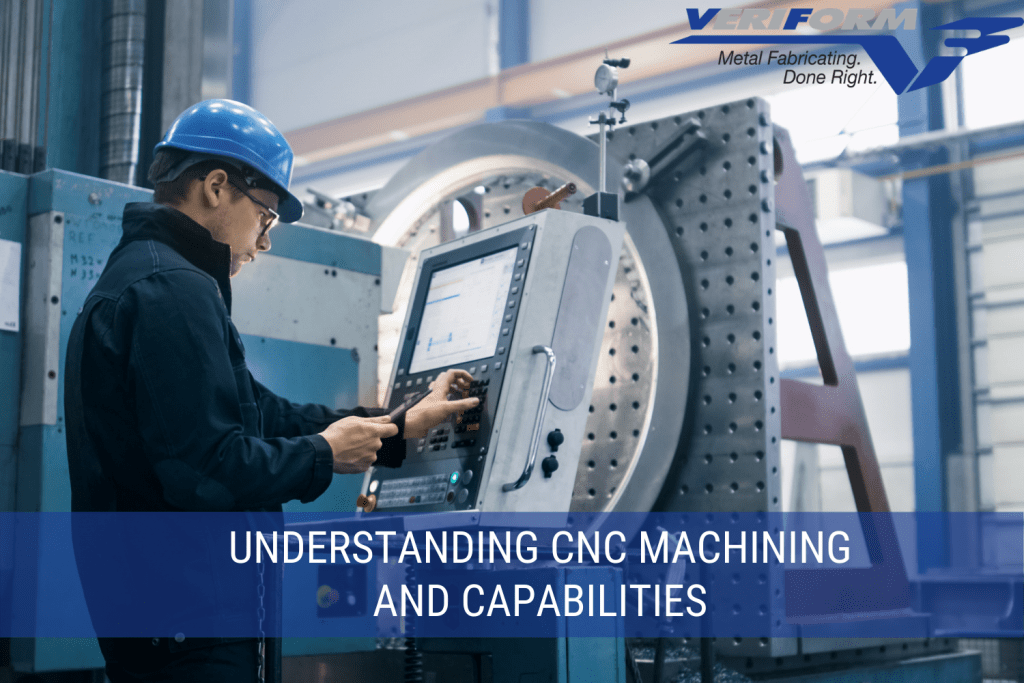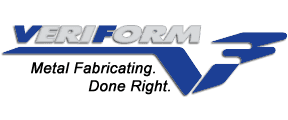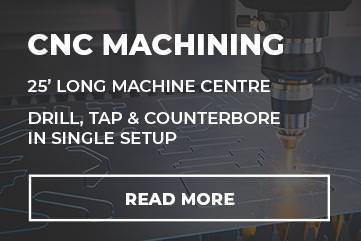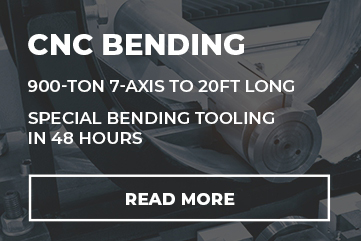News
Understanding CNC Machining and Capabilities

CNC machining is a method of fabricating metals through written codes in the manufacturing process. The codes determine everything including the RPMs, cutting head, and spindle speed, and much more. Many products that we use daily work by the CNC logic. Some of them include pens, paintball guns, ventilators, guitars, badges, and many more. CNC (Computer Numerical Control) enables economical and efficient production of repeatable parts of wood, metal, and plastics.
The kind of precision and speed you get from CNC machining is unmatched. That is why most industries use it, including healthcare, automobile, aerospace, and defence industries. It works for both basic and flexible or intricate with delicate parts. It’s crucial to work with trained CNC machining operators on your project to ensure a smooth and successful flow. They have profound knowledge and expertise in software and important programming languages. They can follow technical instructions and specifications of any kind, besides figuring out the ideal setup for the right product. Besides having a background in mathematics, CNC operators understand CAM/CAD technology. As you can see, you need to hire a pro to deliver a clinical result.
Types of CNC Machines
Getting the right machine that’ll suit the materials you want to work with is imperative. Here are some types of CNC machines to assess:
- Pick and Place – these CNC machines have different nozzles picking up electrical components for electronic equipment, then place them in the required location. These CNC machines are common in the manufacturing of tablets, phones and computers.
- Laser – just like plasma cutters, laser cutters operate quickly. However, a laser cuts wood or metal, and sometimes plastic.
- Plasma – used to cut 2D metal and wood using a plasma torch for penetration.
- 3D Printer – these printers operate just like the CNC lasers, but deposit plastic in a slow constant motion until the project is complete.
- Router – CNC routers engrave wood, plastic, or metals.
- Mills – milling machines help in metal engraving and woodworking. It can also work well for metallic sculptures or parts. Similar to all of the other CNC machines, they work through computer codes.
- Lathes – lathes are common in glass working metal spinning, parts reclamation, woodturning, metalworking, and thermal spraying. They are ideal for firearms manufacturing, aerospace, and automotive sectors.
CNC machining is prominent in sectors where high accuracy, precision, and attention to detail matters. Such sectors include the following:
- Product design
- Clothing
- Automotive
- Industrial machinery
- Food and beverage
- Mining
- Defense
- Electrical
- Aerospace
Types of CNC Machining Projects
There are different types of CNC machining projects available. Here are some of the projects:
- Metal, structural, and rounds: plasma cutting using CNC creates 2D shapes from sheet metals using a high temperature and high-velocity stream of ionized gas.
- Beveling: this is the process of preparing metal for a welded seam. CNC does this from the length of the bevel to the degree of the angle. Aside from just having the right tools, this process needs a skilled hand.
- Tapping: with tapping, you can produce internal threads in the product.
- Slotting: some of the common shapes here include a straight slot, a locking slot that’s curved on the end, and a keyway.
- Countersinking: this procedure allows screw heads to sink into the metal rather than protrude from the surface.
- Boring: this produces circular internal profiles on a hole made by drilling.
- Drilling: This is one of the most common uses of CNC machining. It produces holes in a metal piece of up to 1.5” diameter.
- Milling: using a rotating cutter, this process removes small chips.
These are just some of the projects you can manage through CNC machining. Take time to learn more about increasing productivity using CNC. Since 1996, VeriForm has displayed a professional and customer-driven approach to machining through innovation and creativity. With decades (Over 23 years) of machining experience, VeriForm has mastered the art of welded fabrications.
The new 20 foot long CNC machining center guarantees high uptime through multiple workstations. It also ensures that productivity is second to none. Machining parts from VeriForm end up in most of the main equipment such as naval vessels, nuclear reactors, MRI medical equipment, and even the flagship VeriForm product – VeriCUT Crossflow Downdraft Table. CNC machining is an innovative technology that most industries benefit from. Are you interested in it, contact us for more details, or visit our website to get an instant quote. You can also send us an email message, and we will respond as soon as possible.








